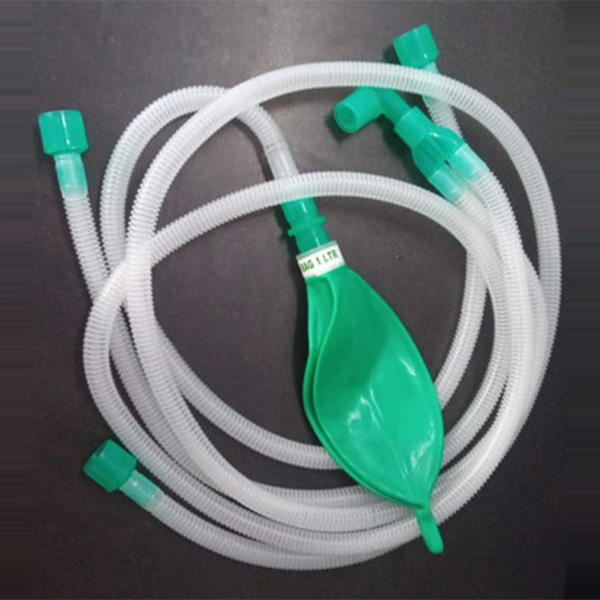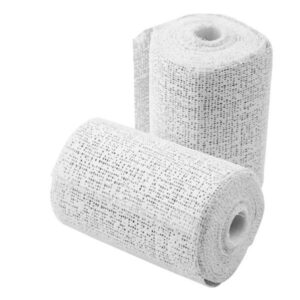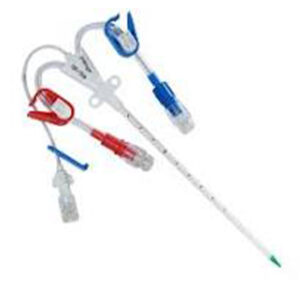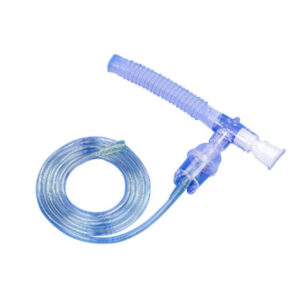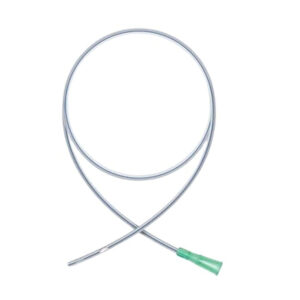Bain Circuit
The Bain circuit is a widely used breathing system in anesthesia, primarily used to deliver fresh gases to a patient and efficiently remove exhaled carbon dioxide, particularly in neonates and during thoracic surgeries.
Minimum Quantity Order: 200 Unit
Price: Negotiable
Product Enquiry Form
Sharing is caring:-
Description
The Bain circuit is a widely used breathing system in anesthesia, primarily used to deliver fresh gases to a patient and efficiently remove exhaled carbon dioxide, particularly in neonates and during thoracic surgeries.
Here’s a breakdown of its features and functionality:
Design and components
The Bain circuit features a coaxial design with an inner tube for fresh gas delivery and an outer corrugated tube for exhaled gases. This design helps minimize dead space and resistance to breathing. Key components include:
- Inner and outer tubes
- Reservoir Bag
- Expiratory Valve (APL valve)
- Patient Connector
- Scavenging Connection
Mechanism of action
Fresh gas is delivered through the inner tube. The patient inhales from the inner and outer tubes, and exhaled gases flow through the outer tube towards the reservoir bag and scavenging system. High fresh gas flow prevents rebreathing, and excess gases are vented through the expiratory valve to the scavenging system.
Advantages
The Bain circuit is lightweight, portable, and has minimal dead space. It allows for efficient gas scavenging and rapid control of anesthetic depth.
Disadvantages
Drawbacks include the need for high fresh gas flows, which can be costly and deliver cold, dry gases. There is also a risk of kinking or disconnection of the inner tube.
Applications
The Bain circuit is suitable for situations where rebreathing must be avoided, such as neonatal and thoracic surgeries, and can be used for both spontaneous and controlled ventilation.
Checking and maintenance
Before use, the circuit should be checked by occluding the patient end, pressurizing the system with the reservoir bag, and checking for leaks. The Pethick test is also used to check the inner tube’s integrity.
Understanding the Bain circuit’s characteristics and following proper usage guidelines are essential for patient safety.

